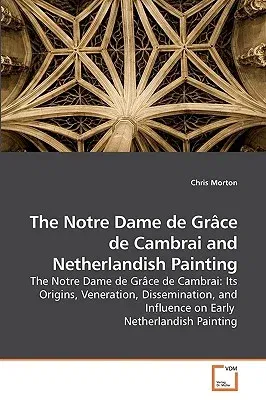Chris Morton
(Author)The Notre Dame de Grâce de Cambrai and Netherlandish PaintingPaperback, 11 November 2009

Qty
1
Turbo
Ships in 2 - 3 days
In Stock
Free Delivery
Cash on Delivery
15 Days
Free Returns
Secure Checkout
Print Length
92 pages
Language
English
Publisher
VDM Verlag
Date Published
11 Nov 2009
ISBN-10
3639207505
ISBN-13
9783639207507
Description
Product Details
Author:
Book Format:
Paperback
Country of Origin:
US
Date Published:
11 November 2009
Dimensions:
22.86 x
15.24 x
0.56 cm
ISBN-10:
3639207505
ISBN-13:
9783639207507
Language:
English
Location:
Saarbrucken
Pages:
92
Publisher:
Weight:
145.15 gm

